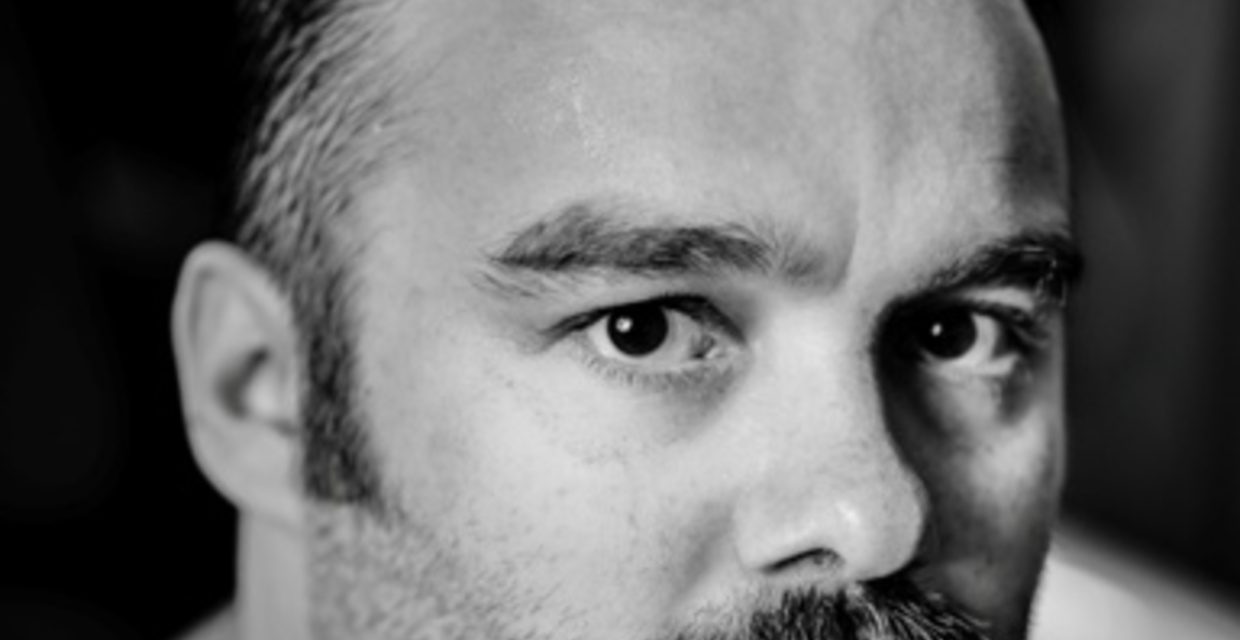The important first step of labeling childhood domestic violence
Despite being known as the “Rock” (the other one), fitness expert Roger Lockridge, above, has long struggled with feeling anything but solid. From the very start, his family foundation was shaky, to put it lightly. His father, an alcoholic and batterer, abused his mother all throughout Lockridge’s childhood while the young boy stood by, helpless. One night, when he was just 10 years old, Lockridge vividly remembers his father aiming a rifle at Roger, his three siblings and their mother. He said he would kill them all.
“We were all petrified,” remembers Lockridge.
Around 2 a.m., his mother was able to call 911. But in 1991, in a small town near Muddy Creek Mountain, West Virginia, police didn’t handle “domestic affairs.”
“So my mother told them to make sure her children didn’t see her body when they came for her,” remembers Lockridge. They sent a state trooper to the house.
Lockridge, his siblings and their mother were sent to a domestic violence shelter; they would call it home for the next four months while his parents finalized their divorce. Lockridge remembers the shelter as a sanctuary of peace, a place where he felt compassion and, most importantly, love. He knew he would return the favor someday.
After high school, Lockridge started working at the Family Refuge Center, a domestic violence shelter in West Virginia. He became the first man in the state of West Virginia to be a speaker for a domestic violence center. And, he began his career as a bodybuilder. Still, Lockridge says he felt off somehow. “I had a lack of self-confidence. I couldn’t push myself to do any better. I had trouble in social settings. And I couldn’t handle being in a relationship. I didn’t think any women would ever be interested in me. It wasn’t just something I believed—it was something I had accepted and moved on from.
“Whatever feelings, issues or emotions I had, I pushed them aside. I never truly tried to deal with it. I just thought it was something I could tackle later.”
He knew it had to do with his childhood—“because it sucked,” he says bluntly—but he struggled to label the lingering effects he was feeling.
Lockridge says it all began to change after he posed for a poster promoting domestic violence awareness and was surprised when it was shared across the internet. One of the organizations that shared it on Facebook was CDVA, or the Childhood Domestic Violence Association. He looked through the organization’s page and came to a startling realization: “There’s more than one of me.”
And, there was a name for what he was enduring. Being able to finally call it childhood domestic violence (CDV) was like, “a breath of fresh air,” says Lockridge.
“Growing up with childhood domestic violence can negatively wire a developing brain, encoding a series of negative beliefs, or lies, that as a child, we assume are true,” explains Brian F. Martin, CEO and founder of CDVA. “It’s the one adversity that has the least amount of awareness. But as more organizations and experts begin to call this adversity by name, the millions of people who experienced it will finally know what to call it. They can take that critical first step toward unlearning the lies and replacing them with the truths.”
Lockridge says that his healing started after learning about CDV. “The fact that there was a name … I had tried for years to find some way to identify this thing I was feeling. Childhood domestic violence seemed so simple but was something I couldn’t think of. Once I was able to understand it, I was able to overcome it.”
Lockridge agreed to participate in a book about the topic, written by Martin, and went on to become a national speaker for the organization. He was later named the first Champion of CDVA. He says something as simple as a label changed everything.
“I knew I wasn’t alone and that this was something that could change the world,” says the now-married father of two. Today, working in child advocacy as well as bodybuilding, Lockridge says his experiences help him bond with children going through the same experiences he did. However, he stresses that this is no complete cure. “Healing will always be a part of me.”

